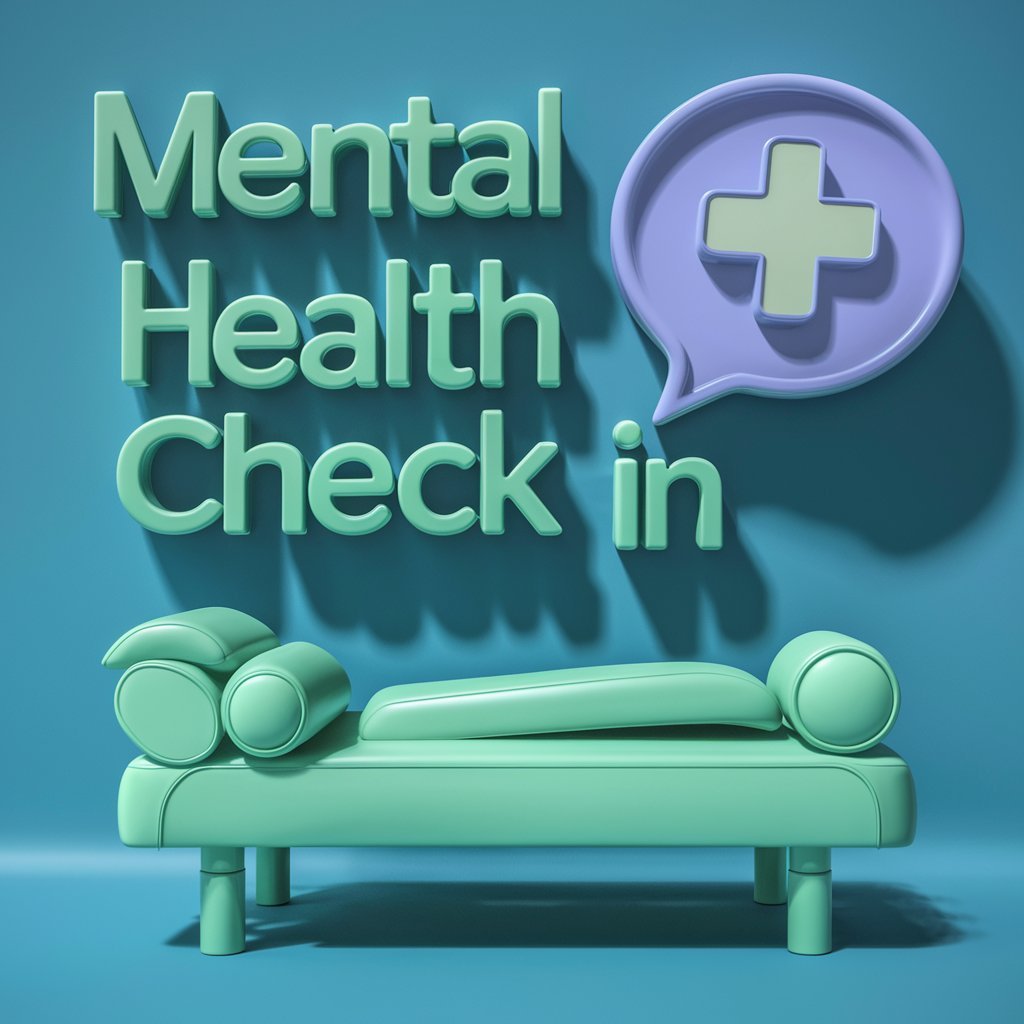Bipolar disorder is a mental health condition that affects millions of people worldwide. It is characterized by extreme mood swings, including episodes of mania and depression. Despite its prevalence, there is still a significant stigma surrounding the disorder, making it difficult for those affected to seek help and support.
Living with bipolar disorder can be challenging, but with the right treatment and support, individuals can lead fulfilling and productive lives. It is important to break the stigma surrounding bipolar disorder and educate others about the realities of living with this condition.
Understanding Bipolar Disorder
Bipolar disorder is a complex mental health condition that is often misunderstood. It is not simply a case of being “moody” or having occasional mood swings. Bipolar disorder involves extreme shifts in mood, energy, and behavior that can disrupt a person’s daily life.
There are two main types of bipolar disorder: Bipolar I and Bipolar II. Bipolar I is characterized by manic episodes that last for at least seven days, while Bipolar II involves hypomanic episodes and severe episodes of depression. Both types can have a significant impact on a person’s relationships, work, and overall well-being.
Breaking the Stigma
Unfortunately, there is still a stigma surrounding mental health conditions like bipolar disorder. Many people believe that those with bipolar disorder are “crazy” or dangerous, which can prevent individuals from seeking help and support. It is important to break the stigma and educate others about the realities of living with bipolar disorder.
One way to break the stigma is to share personal stories and experiences. By speaking openly about their struggles and successes, individuals living with bipolar disorder can help others understand the challenges they face. It is also important to educate others about the symptoms and treatment options for bipolar disorder, so that they can provide support and understanding to those who need it.
Seeking Help and Support
If you or someone you know is living with bipolar disorder, it is important to seek help and support. There are a variety of treatment options available, including therapy, medication, and lifestyle changes. It is important to work with a mental health professional to develop a treatment plan that works best for you.
In addition to professional help, it is important to have a strong support system in place. Family and friends can provide emotional support and encouragement during difficult times. It is also helpful to connect with others who are living with bipolar disorder through support groups or online communities.
Conclusion
Living with bipolar disorder can be challenging, but with the right treatment and support, individuals can lead fulfilling and productive lives. It is important to break the stigma surrounding bipolar disorder and educate others about the realities of living with this condition. By sharing personal stories, seeking help and support, and advocating for awareness, we can help create a more understanding and compassionate society for those affected by bipolar disorder.
Frequently Asked Questions
Q: Is bipolar disorder a lifelong condition?
A: Bipolar disorder is a chronic condition that requires ongoing treatment and management. While there is no cure for bipolar disorder, with the right treatment and support, individuals can live healthy and productive lives.
Q: How can I support a loved one with bipolar disorder?
A: The best way to support a loved one with bipolar disorder is to educate yourself about the condition, listen to their experiences, and provide emotional support. Encouraging them to seek professional help and connecting them with support groups can also be helpful in their journey towards recovery.





